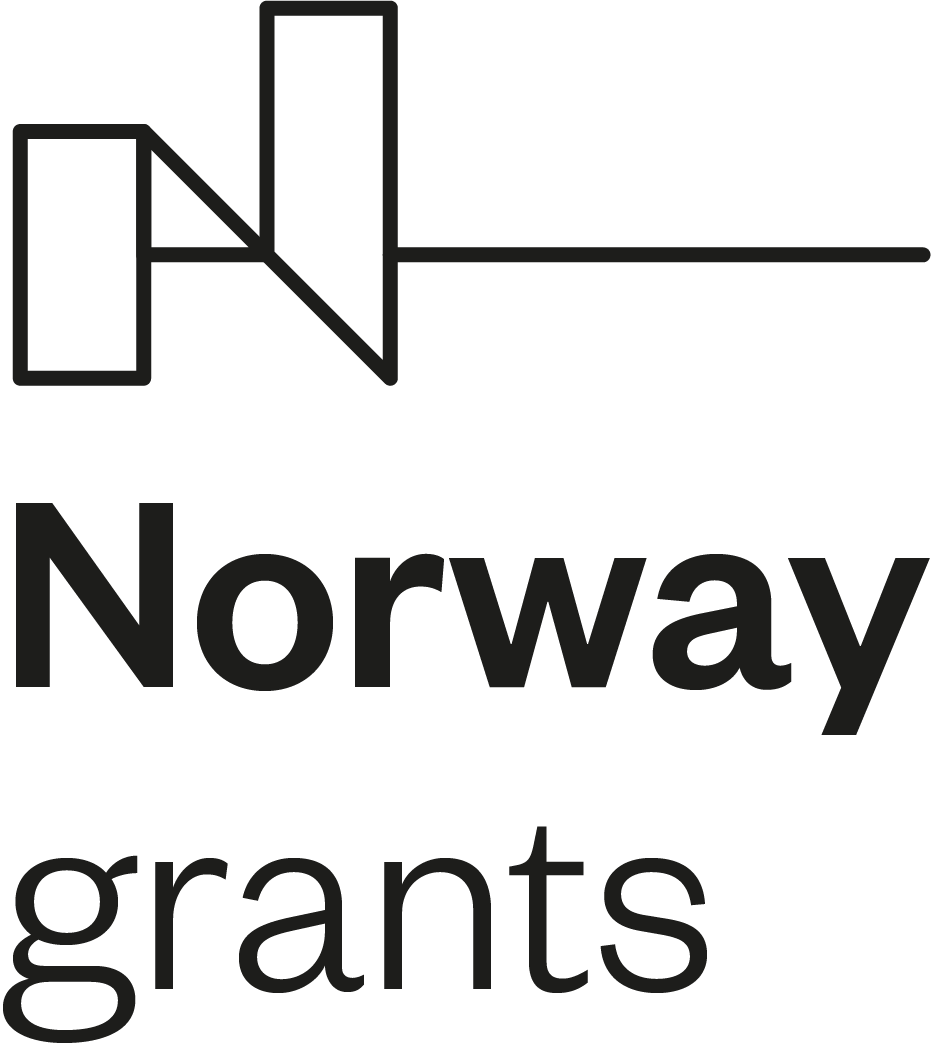Woman, Life, Freedom
Exhibition: Jin, jiyan, azadî (Women, life, freedom) - daily life and social involvement of Kurdish women in Kurdistan and the diaspora, The Asia and Pacific Museum, Warszawa, Solec 24, 14.05.2021-30.06.2021
„Jin, jiyan, azadî” (Women, life, freedom) is a well-known Kurdish slogan applied especially by Kurds in Turkey and Syria to promote Kurdish women’s military struggle as well as political and social participation in the societies of Kurdistan which is today a part of Turkey, Syria, Iraq and Iran. It is also the title of a photo exhibition by Sonja Hamad devoted to the Kurdish guerilla fighters in Syria. The image of the female guerilla has dominated global media since the Syrian war, focusing on the brave women fighting the so-called Islamic State in Syria. At the same time, little is known about Kurdish women’s daily life which has been transformed tremendously during the last decades, nor about their many other forms of social engagement as teachers, students, workers, doctors and activists. This is why the main idea of this exhibition is to present different and lesser-known aspects of Kurdish women’s life and struggle.
The exhibition is part of the research project ALCITfem (Activism And Its Moral and Cultural Foundation: Alternative Citizenship and Women’s Roles in Kurdistan and the Diaspora). In our project we use the notion alternative citizenship to highlight that Kurds, in a range of different ways, have developed alternative strategies to initiate social and cultural change in their own society, and to influence the position of Kurdish communities within the nation-states they are part of. Since they were often denied access to the political arena in the different countries they are part of, many of these activities took place outside of state institutions. The production of Kurdish citizenship can therefore often be traced in everyday life rather than in official state structures. Many cultural theorists - especially Michel de Certeau and Henri Lefbvre - have argued that the realm of everyday life is the most important and meaningful space of cultivating one's culture, identity and belonging. Hence, the exhibition shows various aspects of performing alternative citizenship by Kurdish women coming from different parts of Kurdistan and the diaspora, different class backgrounds, and political movements, starting from the beginning of the 20th century until today.
As shown in the exhibition, the first women activists originated from an aristocratic background (for example Ruşen Bedir Khan) and established contacts with other women organizations in the Middle East. During the 20th century Kurdish women shared the tragic fate with other members of the society as many became refugees and victims of different types of violence both foreign and domestic. However, more often than not they also considerably contributed to the development of the Kurdish society and took part in many social initiatives. This is also true for women from the Christian and Yezidi minorities living side by side with the Kurds and sharing many cultural elements, to which we also pay attention in this exhibition. Important to stress is that even being a “housewife” in a big family entailed hard work and a complex knowledge with regard to keeping the household, child upbringing, medical care or oral performances, and also very often sophisticated diplomatic skills when family wellbeing was at stake.
From the onset of the Kurdish national movement women started to organize themselves in the struggle for Kurdish rights, and at the same time pointed to the discrepancies between the positions of men and women in Kurdish society. The widely known military struggle of women was first introduced by the Komala organization in Iran in the 1970s, and was a way to highlight women independence from man and advocate women rights. Women were thus not only active in military struggle, but also as students, social actors in different professions and organizations, researchers and political activists (for example the famous activist Leyla Zana in Turkey). They founded organizations, set up initiatives to support Kurdish women and men who had little access to state facilities, and educated themselves and others formally and informally.
Finally, the aim of our exhibition is to promote the digital library dedicated exclusively to photographs of Kurdistan and Kurds all around the world: https://kurdistan.photoshelter.com created by Chris Kutschera and containing photos by many different authors. “Chris Kutschera” is the pen name of the French couple Paul and Edith Maubec who in the 20th century devoted many of their journalistic efforts to the Kurdish people. While Paul was writing about the Kurds, Edith took photographs and initiated the online photo archive in order to make Kurdish life and history available in an insightful and rich visual form. This exhibition is therefore also a tribute to their work and efforts. According to Chris Kutschera: “Media, writers, publishers, students, researchers, and institutions are writing the history of the Kurds. But with the digitalized photos of the Kurdistan Photolibrary we add a tool to the study of Kurdish history, by providing illustrations that are accessible globally. Importantly, our goal has been to archive and preserve for current and future generations a continually expanding photographic collection.” The exhibition presents photographs by Chris Kutschera, but also by other authors as well as from the Kurdish family and organizational archives.
Pictures from the opening of the exhibition are available under the link.
Panels:
10.06. 2021: Opening seminar of our project - meeting with Edith Maubec.
17.06.2021: Kurdistan in the women's eyes.
Concert:
19.06.2021: Concert of the Kurdish Music, Asia and Pacific Museum




